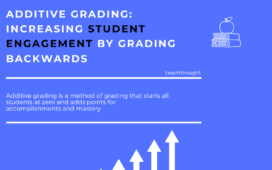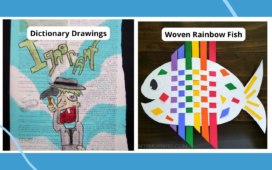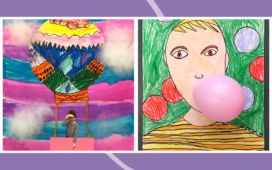Learning to identify and regulate emotions is a big job, especially for little kids. These skills are essential for students to master in order to be successful in school and in life. The Zones of Regulation approach organizes feelings into four “zones” to make them easier to identify and work through. The trick is teaching students how to identify which zone they’re in and how to get back to “green.”
What are the Zones of Regulation?
The Zones of Regulation is a curriculum used in classrooms and by occupational therapists. It’s an instructional approach that organizes feelings, levels of alertness, and energy into zones and color-codes them:
- Blue = sad, bored, tired
- Green = focused, calm, happy, content
- Yellow = stressed, excited, giddy, worried
- Red = angry, terrified, panicked
Obviously, we want to help students get in and stay in the green zone. In the official curriculum, students are taught to identify their zone, how their body feels in each zone, and how to read cues to improve their emotional control, regulation, and problem-solving ability.

What does it mean to be in “green”?
Emotional regulation is one of those things that you know when you see it or when you feel it. When your emotions are regulated, you have control over your feelings. You can identify and apply strategies to modulate your emotions so that you’re controlling your emotions, not letting your emotions control you. For students, starting with emotional regulation is truly starting at the beginning of SEL skills. Before kids can listen, have empathy, or follow directions, they have to be able to manage their emotions.
Learn more: What Is Emotional Regulation?
Zones of Regulation Activities
First, students need to identify their feelings and which zone they are in. Use these activities to help students learn the language of emotional regulation and talk through situations that may make them feel angry, excited, or sad before they happen.
Teach students to name the “color” they are in
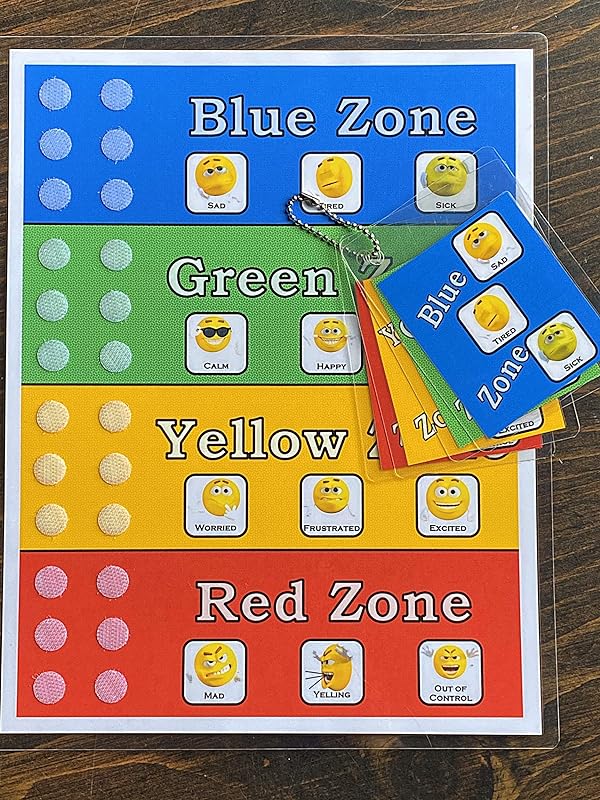
Being able to recognize emotions is important. Create a chart, like the one above, that shows the different zones with their colors and the feelings that go with each color. Students can point to or place a marker on the zone to show which zone they’re in. The more they practice, the better they’ll be at identifying their feelings.
Buy it: Zone chart
Create a bulletin board
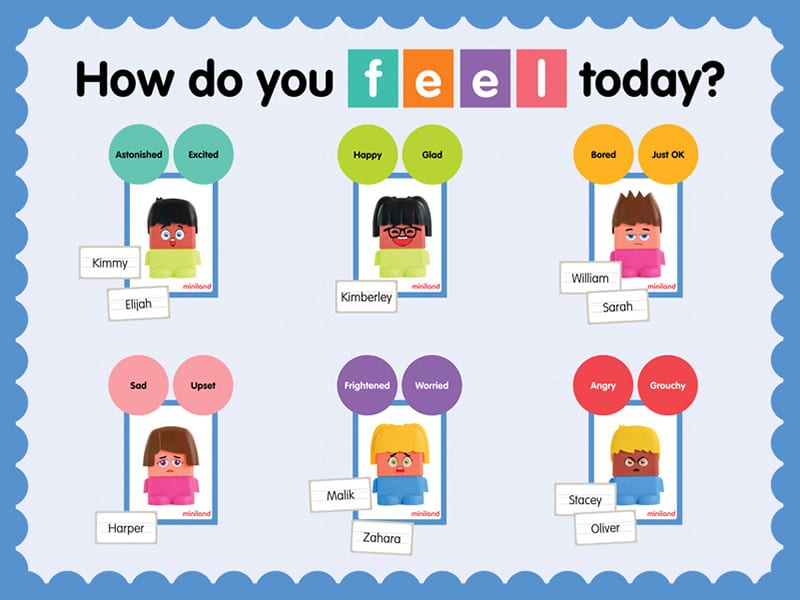
Print and laminate this bulletin board to create a display that students can update during morning meeting or whenever their feelings change.
Get it: Feelings bulletin board printable
Play a round of Feelings Matchup
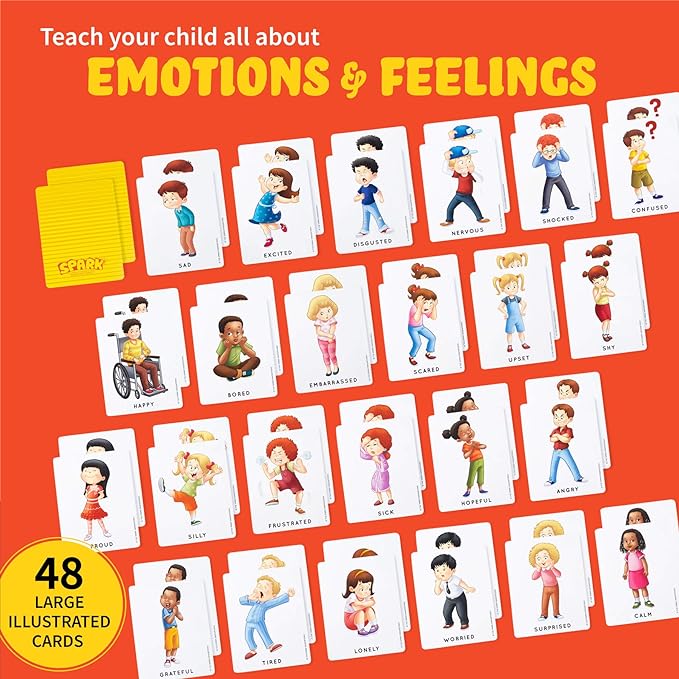
Identifying and labeling feelings in oneself and others is a life skill that takes lots and lots of practice. Play Memory to engage students in matching feelings. If you want to make your own, create a set of memory cards with feelings on them for students to match words with feeling faces, feelings with feelings, or feeling with zone.
Buy it: Feelings memory game
Go on an emotions scavenger hunt
A super-fun activity to help students identify feelings by using emojis and their power of observation. Create Zone of Regulation images using emojis of different feelings or pictures of students showing each feeling, then have them find these feelings around your room or the school.
Complete a dashboard gauge
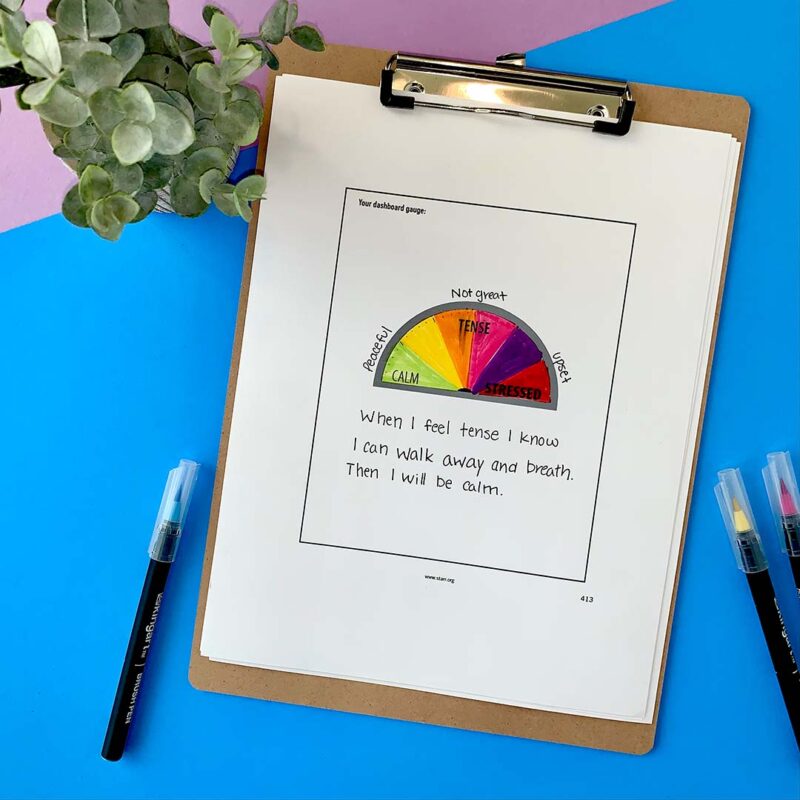
Have students fill out the dashboard gauge with a situation that makes them upset or a situation when they knew something was “wrong.” They complete the dashboard gauge with information to show how they felt, and an explanation of how they calmed down and how their emotions around that situation changed.
Get it: Dashboard gauge printable
Sort emotion words
Linking Zones of Regulation activities to fun experiences helps kids make connections. Create an emotions sorting game with note cards with synonyms for the major feelings: happy, sad, excited, and angry. Students sort the words into the four zones. They’ll see how varied our feelings can be and how some feelings are similar, and build their vocabulary.
Feelings bingo
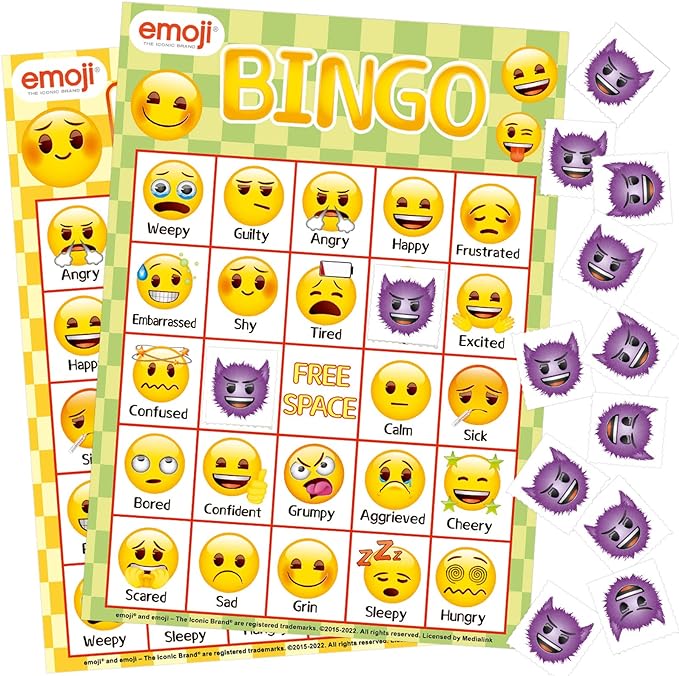
Use or create bingo boards that feature the feelings, emojis, or behaviors that show each feeling (e.g., jumping around the room when we are giddy or putting our head down when we are tired). Play bingo to reinforce the Zones of Regulation vocabulary and terms.
Buy it: Feelings bingo game
Reinforce the zones with a song
This catchy tune by the fun crew at BlackBerry Jam Kids teaches kids all about the different emotions in the Zones of Regulation and strategies to get back into the green zone.
Play a feelings block game
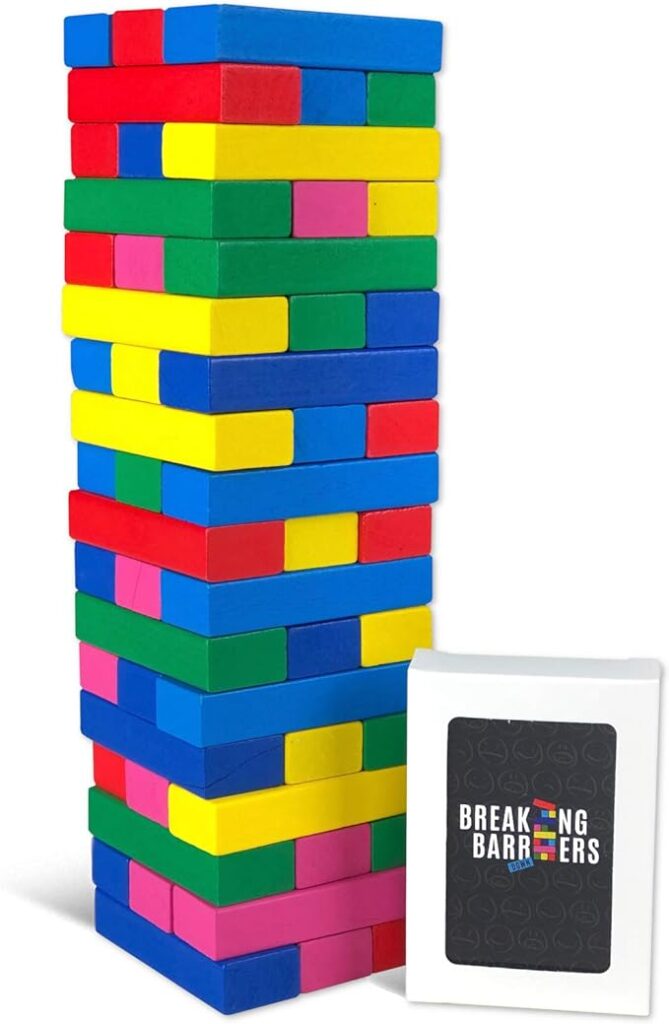
Play a game like this Jenga game that includes questions to talk about feelings and strategies with every move. It reinforces what students are learning.
Buy it: Breaking Barriers game
Talk through feelings scenarios
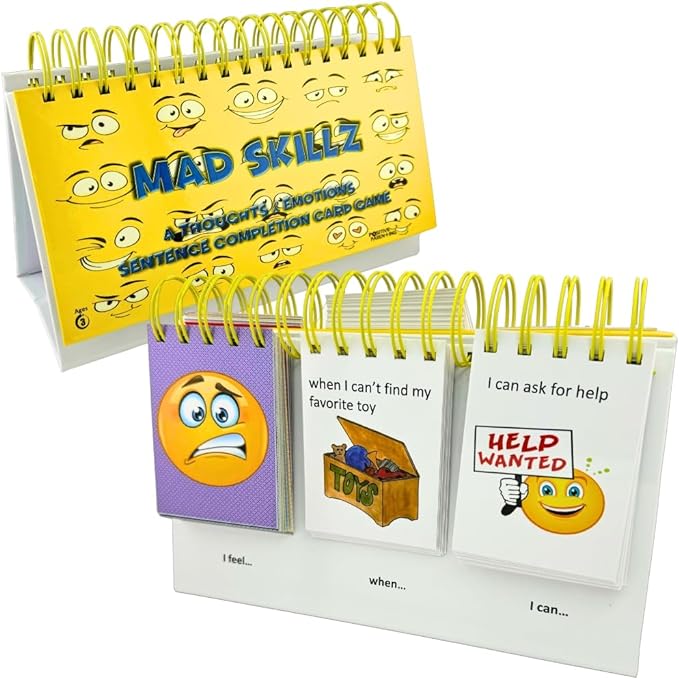
Connect feelings and strategies with a flip chart. Students can find the reason, the feeling, and the strategy and talk them through.
Buy it: Feelings flip chart
Role-play with task cards
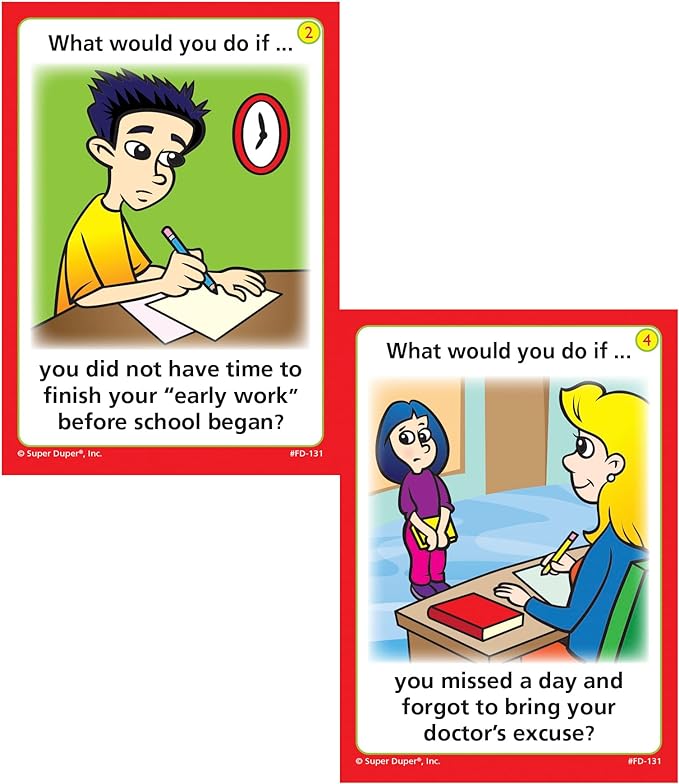
Role-play is a great activity for helping students rehearse acceptable behaviors. These task cards help students build emotional self-control by rehearsing responses to different scenarios that may trigger strong emotions. Best for grades 4–7.
Buy it: Task cards
Build emotional toolboxes
What can students do to regulate their emotions when they veer away from the green zone? Create a toolbox of activities as you teach lessons on the Zones of Regulation. Keep the toolbox in your calm-down corner or somewhere else students can access it when they need the tools.
Inform families
It’s helpful when students use the same language about feelings at home and at school. Share the Zones of Regulation and how you’re teaching it through parent nights and information you send home.
Display information about the zones front and center

Keeping the information students need front and center will help them begin to recognize which “zone” they are in and help them learn to regulate their behavior.
Buy it: Zones of Regulation poster
Name feelings every day
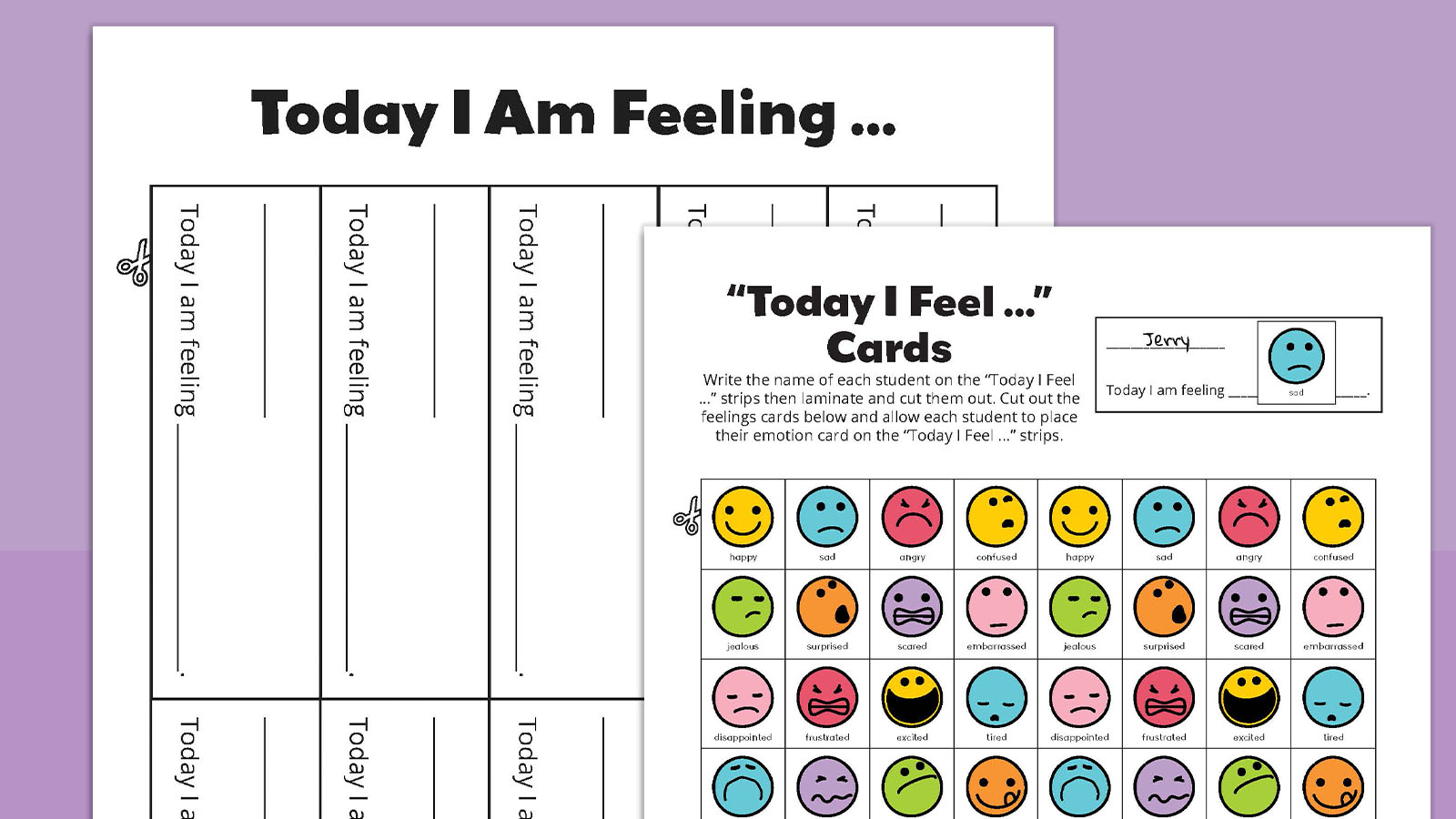
Implement a routine to help students name their feelings each day. Print out these “Today I Feel” cards and emotions. Students can share their feelings during morning meeting or privately in their journals. The important thing is that they have time to think about and identify their feelings as part of the daily routine.
Get it: Free printable feelings chart bundle
Use a feelings thermometer

Reinforce that feelings impact our body and can literally make us feel “hot” or “cool” with a thermometer reference.
Buy it: Thermometer feelings poster
Zones of Regulation Activities: Red
Getting kids from red to green feels the most urgent. Use these activities to help kids move out of angry or panicked and into calm and content.
Heavy work
Heavy work is the phrase for any task that requires students to use large muscles. Think: having a student move a box of books from one side of the room to another, or challenging students to see who can hold a plank longest.
Deep breaths
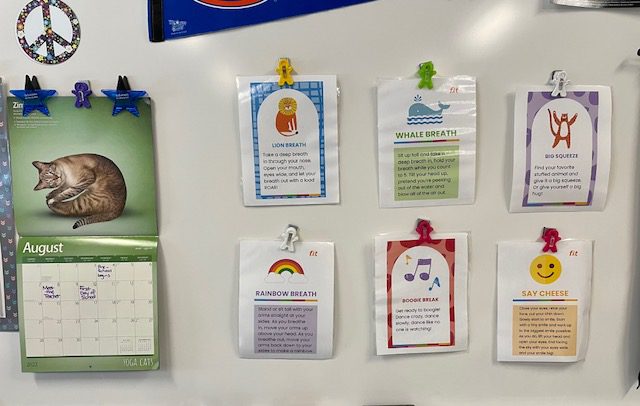
Teach students how to calm down from feeling giddy or high-energy by practicing animal breaths after an energizing activity. Then, they can breathe like a lion or whale when they’re calming down on their own.
Learn more: How To Use Transition Times for Mental and Emotional Health Check-Ins
Calm-down corner
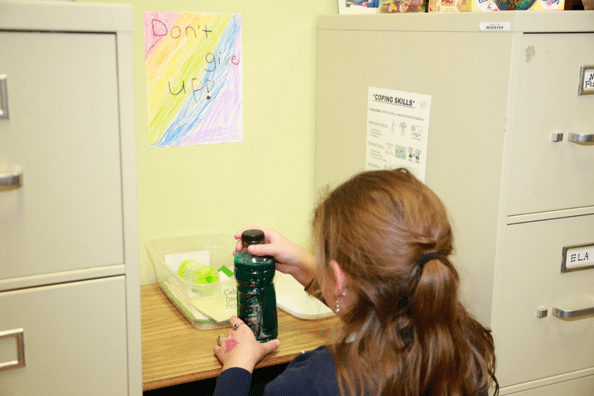
Provide students with a safe place to take a break when they need to regulate their emotions with a calm-down corner. Include resources for strategies that will help them manage their feelings and how to know when they’re back in green.
Learn more: How To Create a Calm-Down Corner in Any Learning Environment and Relaxing Music Videos for Calming Down Your Classroom
Zones of Regulation Activities: Yellow
Students who are feeling worried, giddy, or excited can also require some help to calm and center themselves.
Self-control bubbles
This is a really fun activity to talk about self-control with kids, and it’s harder than it seems! Label a special bottle of bubbles “Self-Control Bubbles.” Gather kids in a circle. For the first round, blow bubbles and allow students to pop, touch, chase, and catch the bubbles to their heart’s desire (within control). However, for the second round, tell the students that they are going to practice using self-control. Bubbles will be all around them, but the students must use their self-control strategies and not touch or chase the bubbles. Afterward, talk with kids about how it felt and how they managed to control their impulses.
Buy it: 12-pack of bubbles
Yoga and stretching

Yoga poses that ground students and help them focus on their breath shift feelings from jittery to calm.
Get it: 15 Easy Yoga Poses printable
Calm-down jar
Make calm-down jars to mesmerize students. For students who really like this calm-down strategy, keep the jars you make in your calm-down corner.
Learn more: DIY Calm-Down Jars
Zones of Regulation Activities: Blue
Use these activities when students are feeling sad, bored, or, well, blue.
Puzzles
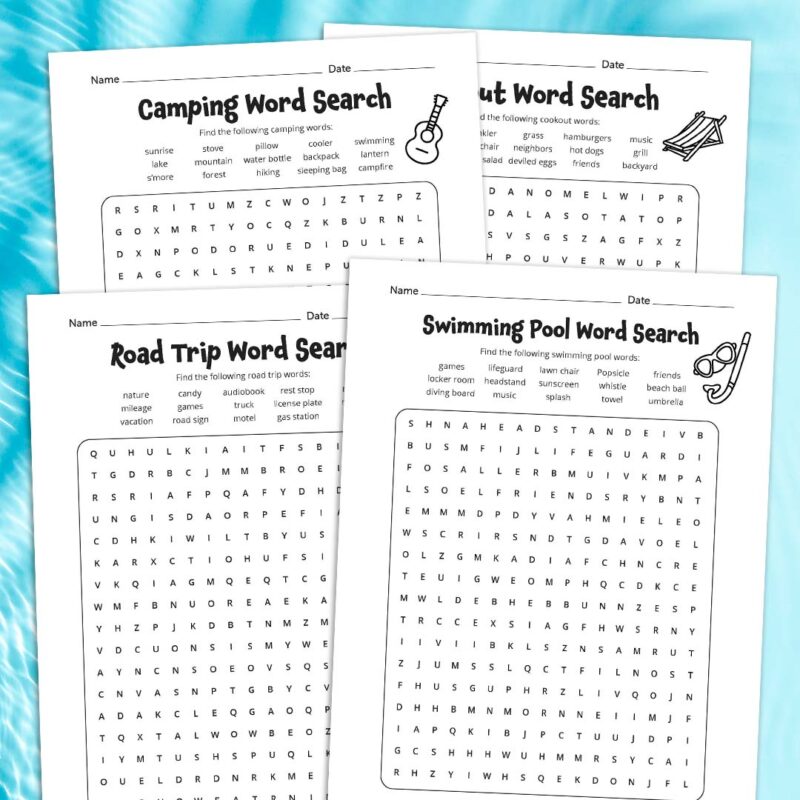
Puzzles, including jigsaw puzzles and word searches, are a way to engage the brain in thinking, which can lift kids out of the blue zone.
Get it: Word search printables
Mindful coloring
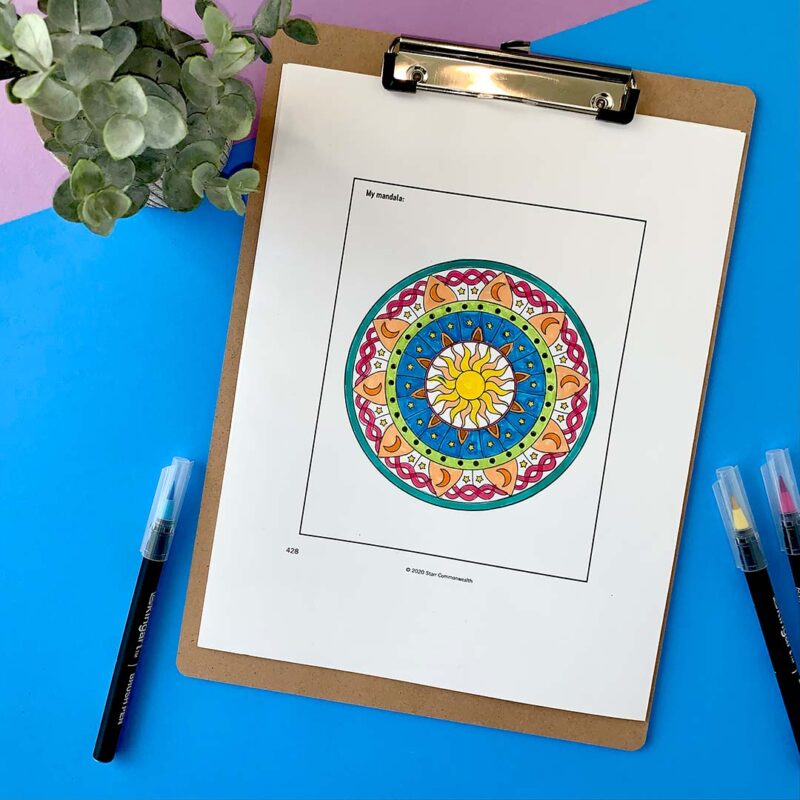
Mindful coloring is one of those activities that can be adapted for any grade level or interest, and it helps kids get from red to green consistently. Incorporate mindful coloring during transitions or downtime, and make it available in your calm-down corner.
Get it: Mandala coloring sheet
Gratitude notes

Gratitude isn’t just for November. Thinking about what we’re thankful for is a strategy to help students when they’re in the blue zone and need a reminder of the positive things in their day.
Get it: Thankful acrostic printable



